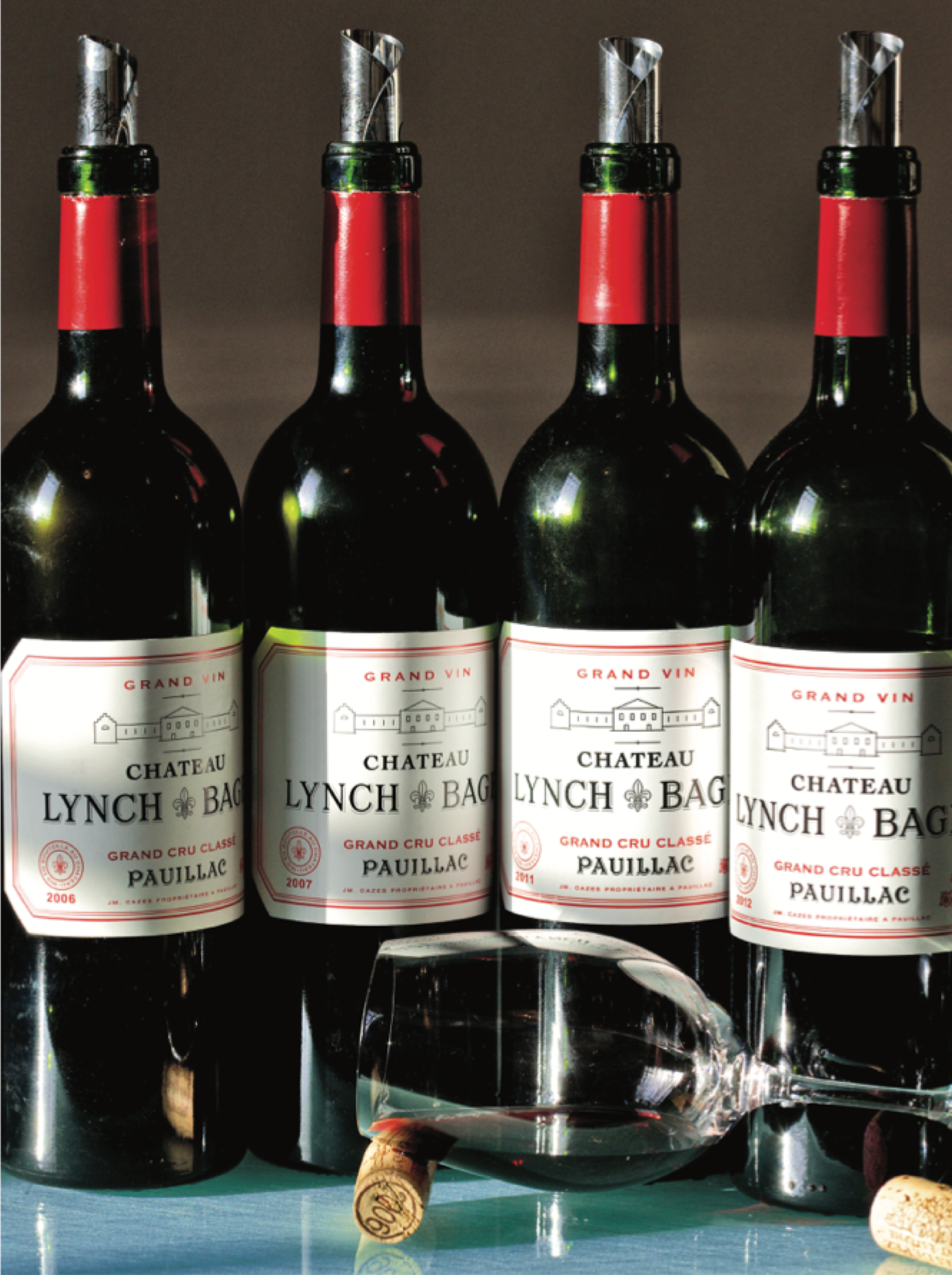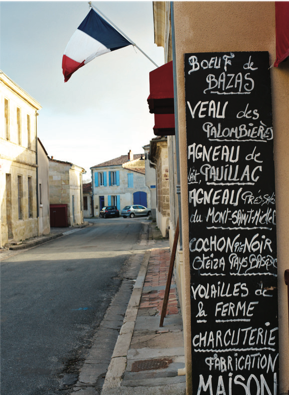by Marco Tonelli photos by Stefano Triulzi
A bottle of Château Lynch-Bages 1975 accompanied a French astronaut on a mission on the Space Shuttle. In perfect harmony with the cosmopolitan philosophy of the Maison.
The World Is Not Enough. This is every bit as true for the world’s most famous secret agent (the intro is also the title of his 19th cinema adventure) as it is for a cosmopolitan person. In this latter case we are dealing with a curious person, who wants to explore the world because the world makes him feel at home. A castle - pardon me - a château, in itself should already be a home. Large, perhaps just a mite pretentious, often accompanied by an aristocratic coat of arms: dynastic, acquired or earned.
Possessors of them, castles as much as titles of nobility, usually have a double-barrelled surname and a long story to tell. Cosmopolitan people, though, are often the exception to the rule. Lynch-Bages, for example, combines the surname of a family with the name of a place (Bages is in the Pauillac municipality). The Lynches came here from Ireland after having supported the wrong side during the British conflict between James II and William of Orange. Initially they were not nobles, they would not earn their aristocracy until later; even if they immediately took up their Bordeaux residence in a castle.
As a matter of fact, there was not much of the aristocratic about it, its walls offering more draughts than paintings. But there was a ‘garden’ full of vines and a well-stocked cellar. This was quickly spotted by Michel Lynch (grandson of the founder John). He started studying the composition of the soil in Pauillac, the municipality where the castle stood, trying to understand what and where to plant, at the same time also beginning to remove the stalks from the grapes to mitigate acidity and tannins in the company wines.
When the categories were formed, meaning the classification of the mid-1800s, they were relegated to the bottom (5ème) of the ranking of the Grands crus (at this stage the wines were marketed under the name Jurine Bages). It mattered little, for if he who hesitates is lost, the most Irish château in Pauillac has never stopped moving. If kinetics seems complicated in a castle, it is much less so for those who live in one.
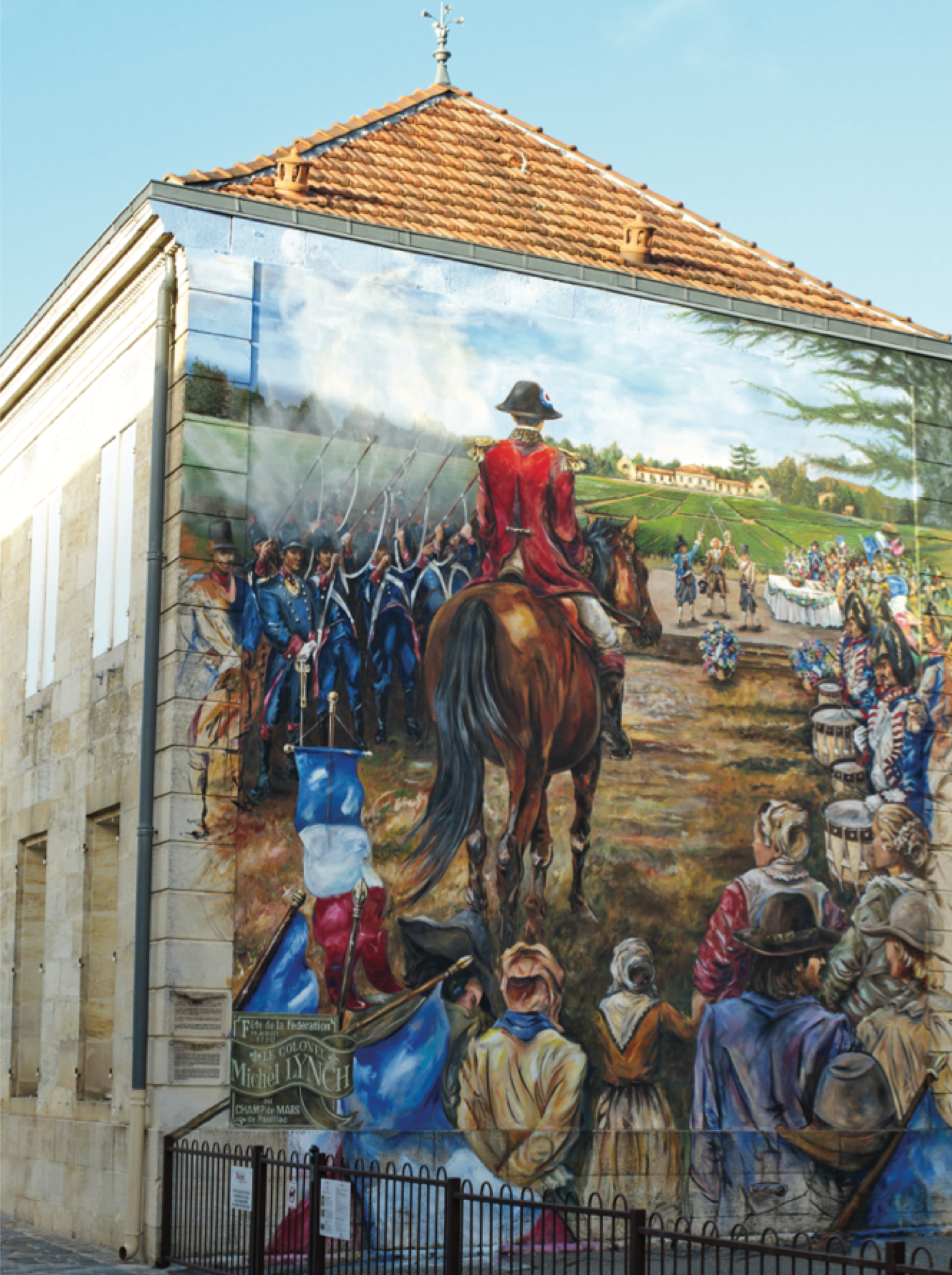
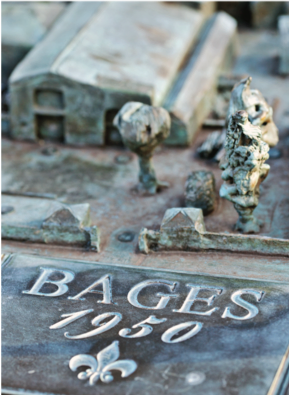
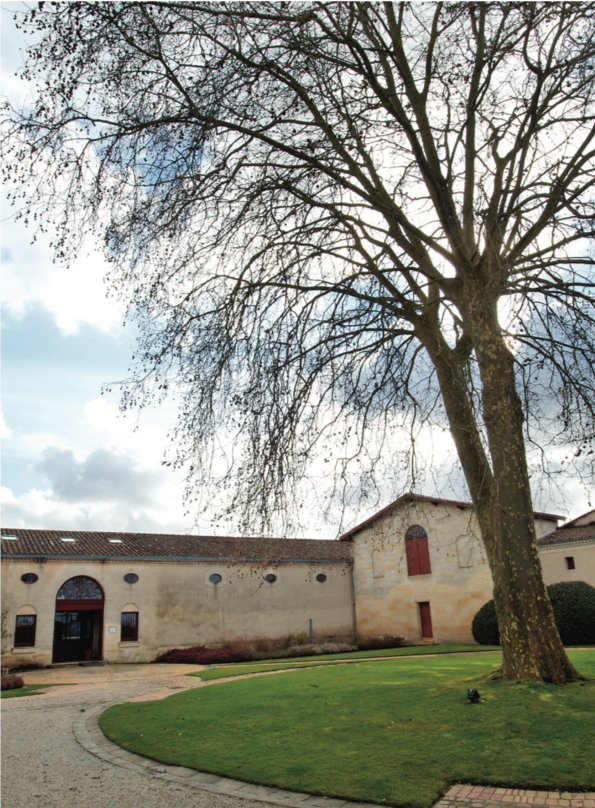
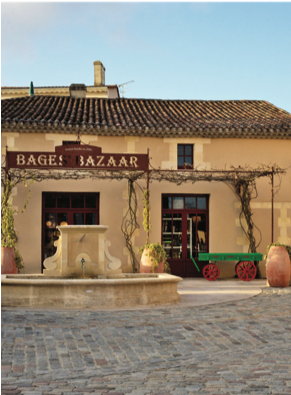
After several changes of ownership: the cosmopolitan Cazes
After several changes of ownership, the Cazes family arrived. The root of the surname, and speaking of viticulture this term seems more appropriate than the word etymology, means, of all things, house. For them, ‘home sweet home’ has always been, from the beginning, the whole wide world. Jean-Michel Cazes is a man of medium build with a few wrinkles, even if the biggest one is the one below his nose, which he moves every time he has something to say. His mouth is, in fact, rather small and sharp compared to the roundness of his face, yet a veritable infinity of anecdotes streams forth from it.
This is normal for a man who was first ambassador of his own wine and château, and who subsequently became in certain respects one of the most representative symbols of the whole Bordeaux district.
Then, when the world was no longer enough for a man such as him, he actually managed to get his wine into space (a bottle of Château Lynch-Bages 1975 accompanied a French astronaut during a mission of the Space shuttle project in 1985). Despite the numerous roles he has filled, his favourite is that of patriarch. He has a huge family that, being born around the world, has returned to the world, except when gathering at his castle, at times for work, at others for all the rest.
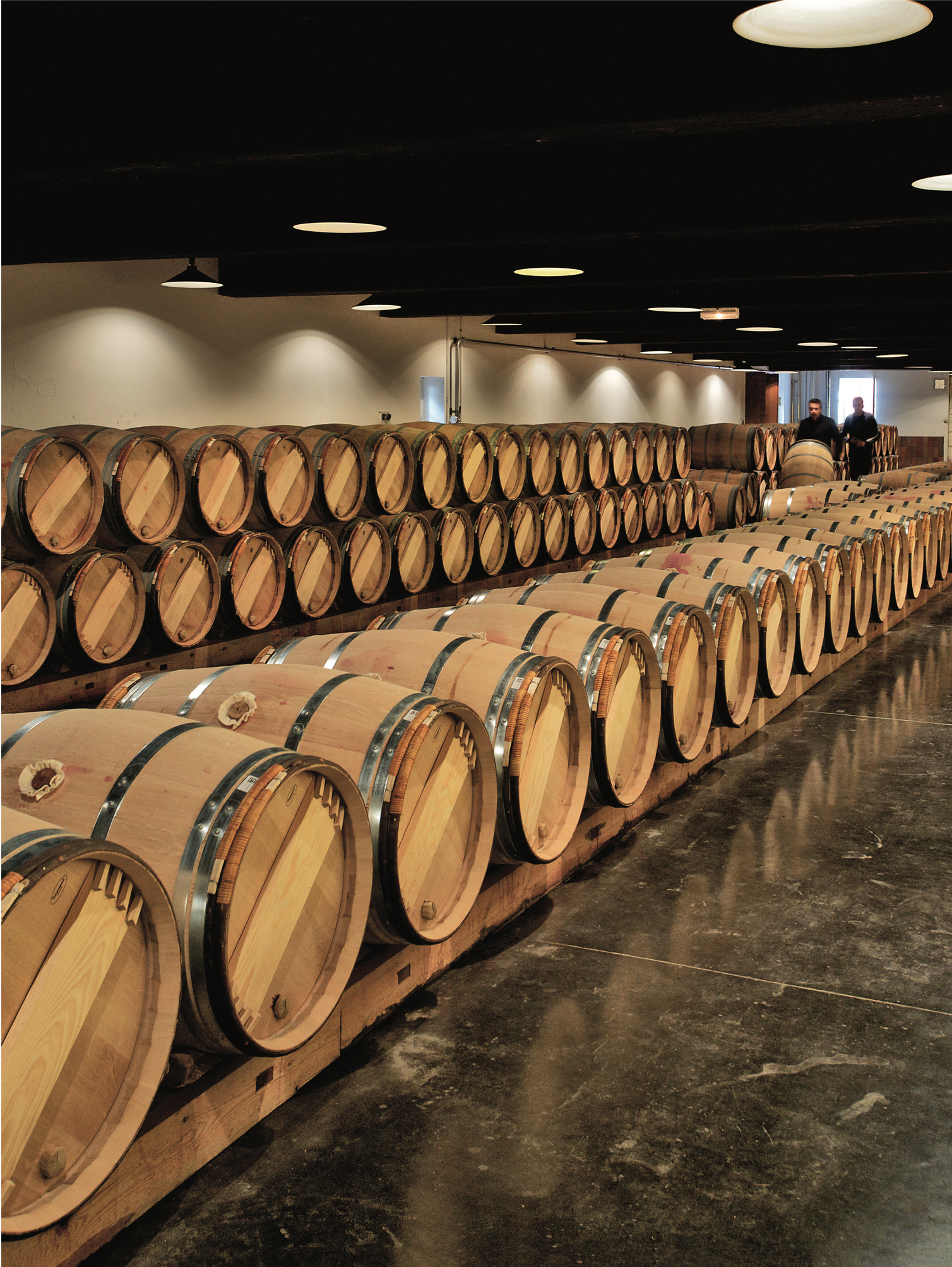
In Bordeaux when you visit a château, out of courtesy, but not just that, they often hoist a French flag and one of the visitors’ nationality. At Lynch-Bages you seem to be at the UN for the host of flags fluttering in front of the little hamlet. The responsibility for this is ascribed to the cosmopolitanism of Jean Michel Cazes, who on account of several relatives, added the flags of Portugal (for his wife Thereza), Iran, the United States, Israel, Brazil (one of the favourite countries of Jean-Charles Cazes, who runs the company today), and an endless collection of flags of African countries, head- ed by Mozambique, a nation beloved of many members of the Cazes family. The house, speaking of wine this time, is made up of more than 100 hectares, all domiciled in Pauillac.
The dynamism that has always characterized the Cazes family also distinguishes their winery management. On their arrival in the ’70s, they modernized the areas dedicated to winemaking and ageing, and began gradually introducing less-evident, less invasive methods. In the early-2000s, after long periods of observing and cataloguing, they decided to start a mass selection process for varietal replanting (the first plot of Petit verdot replanted with this selection was harvested in 2010). Extensive, ongoing work, which also necessitated thorough re-mapping of the soils (stones, sand and chalk), on the basis of their respective aptitudes for hosting this or that variety.
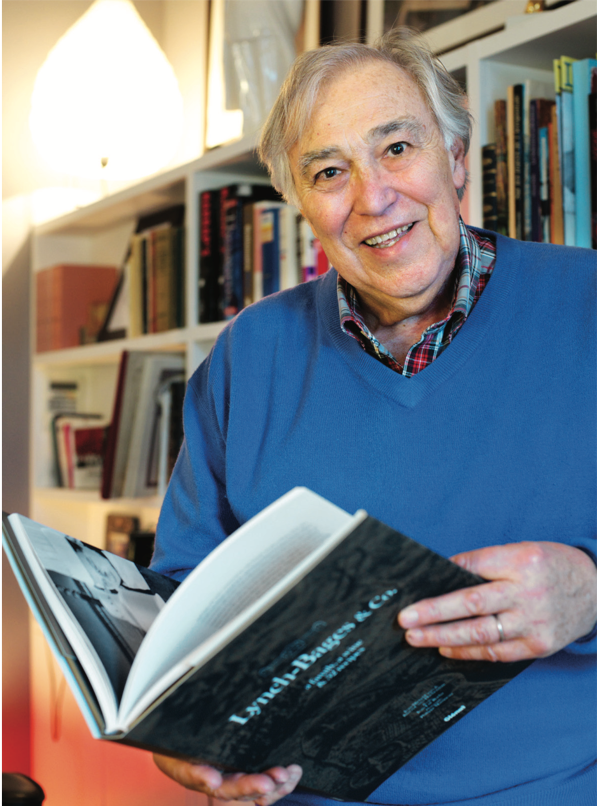
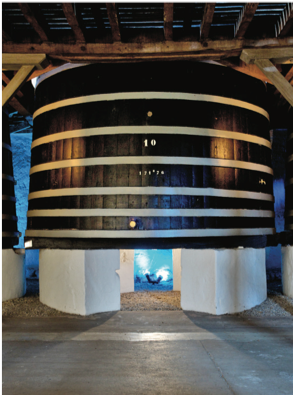
Cabernet Sauvignon makes up about 75% of the vines sown
The most numerous of the red varieties, in terms of quantity, is Cabernet Sauvignon (occupying around 75% of the hectares), while for whites it is Sauvignon blanc, which is used in the production of Château Lynch-Bages Blanc de Lynch-Bages, the winery’s only white wine, produced for the first time in 1990. In the cellar the winemaking is very simple, using steel for the fermentation (a third of the malolactic fermentation takes place in wood) and barriques, about two thirds of which are new, to ‘elevate’ the wine for periods of a little over a year. The result is represented by labels, three in all, that are easily able to undergo ageing, characterized, in the red version, by a powerful flavour, and an abundance of charm, in which the ‘green’ expressions can only be ascribed to varietal inflections and not to a dearth of maturity. In short, Pauillac to the bone, but cosmopolitan in their heart.

WINE TASTING IN THE LYNCH - BAGES VILLAGE
The terroir of Lynch-Bages benefits from a temperate climate. The Atlantic Ocean and the Gironde play a significant role in regulating the temperature. Winters are cold (rarely below zero), springs often rainy, summers hot, and autumns sunny. Conditions that promote the optimum ripening of the fruit, while maintaining intact the finesse and elegance that are typical of this terroir.
【94】 Château Lynch-Bages 2007
The Cabernet Sauvignon is evident, on account of the fact that it makes up 75% of the blend. However, this vintage also contains some of the other red varieties cultivated in the vineyard. The bouquet is not limited to fruit, which is well represented by cherry and cassis jam, but also has a hot and spicy profile, and an earthier vein. In the mouth the fruit becomes mellow, and is then completed by suggestions of liquorice, coffee, tobacco and black truffle. The tannins are still quite lively.
【94】 Château Lynch-Bages 2012
It boasts a higher score than the 2013, despite the fact that its blend, its time in wood, and the ‘newness’, forgive me the term, of the barriques are basically the same. If you were expecting a greater gap in the rating, you must remember the heat, which for many days was torrid, that the plants experienced that summer. This factor, added to its potency, which incidentally is typical of Pauillac wines, can be mitigated with a long rest in the bottle. Today brings dark fruit, mace and pink pepper.
【92】Château Lynch-Bages 2006
Almost 80% Cabernet Sauvignon gives this wine its aromas of cassis and blueberry jam. The bouquet also holds sensations of spices, both sweet and hot, as well as a greenish vein that evokes hints of rocket and thyme. On the palate the Cabernet Sauvignon rings out. Lots of red fruit, with currants and cranberries to the fore, in addition to cloves, cocoa, damp earth and pipe tobacco. The tannins still make themselves noticed, though they are well amalgamated with the rest of the wine.
【91】Château Lynch-Bages 2011
With temperatures not as high as the previous vintages, the fruit is more harmonious, as it is not so muscular. Perhaps for this reason the Château reduced the percentage of new wood, and even the length of its sojourn in the barrique. Simple but crystal clear aromas of cassis and tobacco. The palate has more complexity, thanks to a rich legacy of fruit (cassis, cherry, pomegranate, and cur- rant jam). The finale is spicy and dominated by pink pepper and coriander. Robust, elegant tannins.
【90】Château Lynch-Bages 2013
All four of the red varieties the winery cultivates are present, with a prevalence, at just over 70%, of Cabernet Sauvignon. Thanks to a slow rise in temperature, phenolic maturation was very slow. This is an agreeable wine, even if there are some greenish excesses in the bouquet, this time of dubious varietal matrix. Refinement (18 months) is carried out for 75% in new wood, and this bestows some balance on the wine, even if it emphasizes its spicy vein. Savoury tannins.
【89】Echo de Lynch-Bages 2012
The name of this wine comes from the Greek legend of the nymph Echo. However, it is not a ‘repeat’ of the Château’s most important wine, but rather a youthful expression of it, given that some of the grapes from younger plants (the percentage varies from 25% to 40%) end up in this label. Aside from crystal clear notes of dark fruits, the vintage in question also reveals an evident note of cloves. The tannins are powerful, but consistent with the age of the wine.
【86】Echo de Lynch-Bages 2011
A hot spring led the vines to flower early. August, on the other hand, brought alternating bouts of cold and heat, and prevented the grapes from ripening uniformly, in particular the Cabernet Sauvignon. This may be the reason why the quota of Merlot, with its more regular ripening, almost equals the portion of Cabernet this year. A bouquet dominated by dark cherries, blueberry and cassis. On the palate the fruity notes are joined by a greenish tang of rocket. Spicy finale. Thundering tannins.
